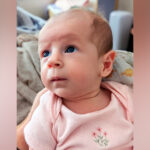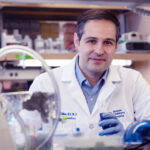Solving genetic mysteries – in the NICU and beyond
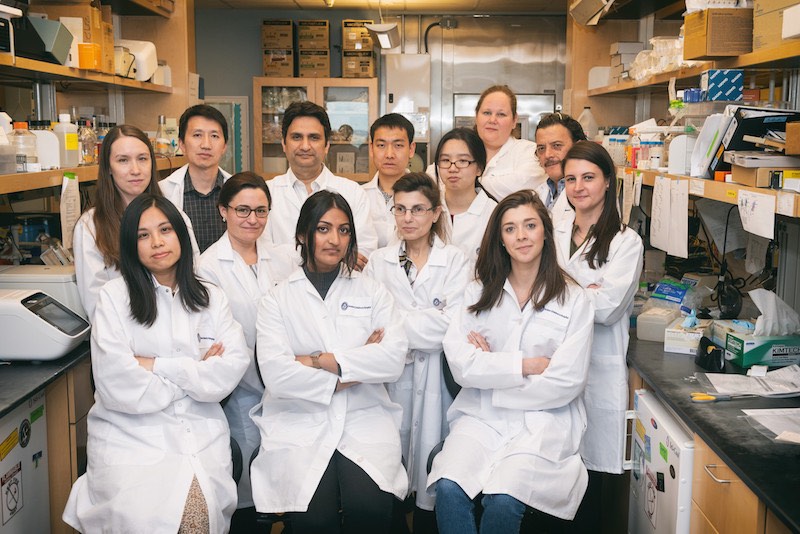
A growing number of children with suspected genetic disorders are having their complete exomes sequenced, since it’s now often faster and cheaper to sequence all the protein-coding genes at once rather than test limited groups of genes. But even after whole-exome sequencing, 70 to 75 percent of children come away without a genetic explanation for their illness.
More and more clinicians are sending these families to Pankaj Agrawal MD, MMSc, a neonatologist at Boston Children’s Hospital and medical director of the Gene Discovery Core at Boston Children’s Manton Center for Orphan Disease Research. The Core can then do a deeper dive. Its services are available to any patient or family looking for a second opinion, including families whose child is deceased.
“When clinicians do an exome and don’t find an answer, they should not give up,” says Agrawal.
To date, the Core has investigated about 150 cases. In a paper in the European Journal of Human Genetics last month, Agrawal and colleagues reported that reanalysis of clinical exome sequence data enhanced diagnostic yield by about a third.
If at first you don’t succeed…
The Core utilizes multiple investigative tools: sophisticated bioinformatics techniques to filter the child’s genomic data; genetic databases of patients with similar conditions; and an army of medical specialists from around Boston Children’s who can help interpret clues.

“Often when an exome is done commercially, the company will either have no candidate or suggest up to five to six different candidates, known as ‘variants of uncertain significance,’ or VUS,” says Agrawal. “Sometimes, those variants are in genes that have not previously been linked to a human disease, and it’s hard to know which might be the right one. That’s our problem to figure out.”
Core researchers can investigate a gene variant’s function by growing and studying patients’ cells and sometimes modeling its effects in animals, often in collaboration with other labs. This can help rule out some variants that aren’t actually involved in the disease.
In the recent study, the team made a confirmed or potential genetic diagnosis in 24 of 75 patients who tested negative on clinical exome sequencing. In six of the 24 cases, the genetic variant was directly linked to disease, while 18 children had variants that were likely causative but needed further evidence.
Seizing opportunities in the NICU
Last year, Agrawal and his colleagues reviewed the cases of 170 newborns admitted to the Boston Children’s level 4 neonatal intensive care unit (NICU) from 2011–2015 who died before the age of 5. Fully 28 percent had confirmed genetic diagnoses, but almost a third of the diagnoses were post-mortem, made only through subsequent research efforts.
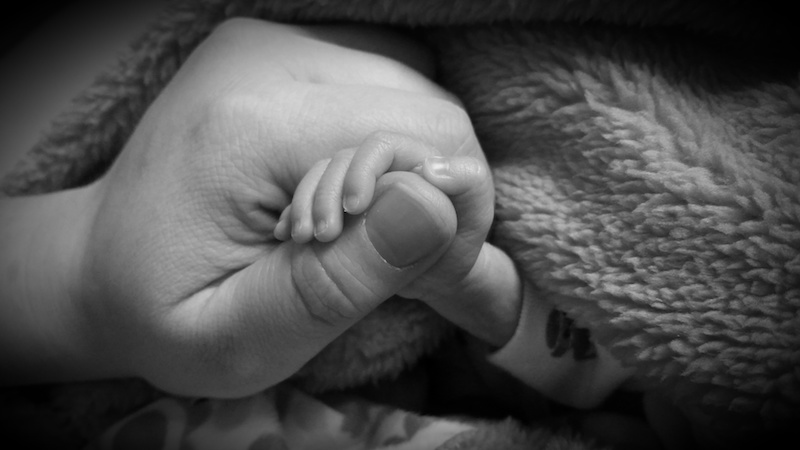
Agrawal saw these as missed opportunities to counsel families and guide decisions on the babies’ care. With Timothy Yu, MD, PhD, a physician-scientist in the Division of Genetics and Genomics, he launched a rapid exome sequencing protocol in the NICU. So far, it has found a likely genetic diagnosis in 62 percent of babies, often within days. Their first group of patients were infants with low muscle tone, seizures, multiple congenital anomalies, or complex metabolic disorders.
Several babies had actionable findings. One had a mutation that helped the team choose a better anti-seizure drug. Another, with a severe congenital muscle disease, was eligible for a clinical trial of gene therapy. A third qualified for emergency compassionate use of an experimental drug.
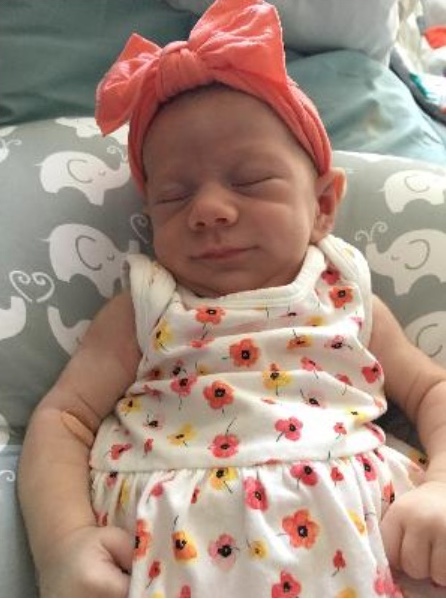
One NICU baby, Bella Belanger, was born seemingly healthy. But hours before her parents were to bring her home, she was taken to the NICU, her muscle tone and coloring appearing off. She passed away at just 27 days old, after spending just four days home with her parents, and without a diagnosis. By growing cells from a skin biopsy, and reexamining Bella’s exome results, the team discovered that she was deficient in an enzyme called HIBCH — the 12th known case in the world. The findings helped her parents plan future pregnancies, aided by pre-implantation genetic diagnosis. They also inspired Bella’s family to support the team’s research.
“We now have a healthy son at home, a result dependent on Dr. Agrawal’s research,” says Bella’s father Ryan. “The information collected in the sequencing, paired with the doctors’ ability, is something I wish for any family enduring the struggle and pain of not being able to help their sick child.”
Research explorations
Often reopened investigations lead to new discoveries, revealing disease mechanisms that may be amenable to treatment with targeted drugs, gene therapy, or cell therapy. One child, with an unusual form of Leber’s congenital amaurosis, a retinal disease that can cause blindness, may be a candidate for treatment with an antisense oligonucleotide. This relatively new class of drug can be custom-designed to target the child’s mutation, which causes deficiency of a protein called CRB1.
Lana Gibbs, now age 7, seemed typical at birth. But at 4 months old, a specialist noticed that her eyes weren’t visually tracking, and it soon became apparent that she wasn’t meeting her developmental milestones. She was evaluated by a round of specialists, but all tests came up negative. Her parents, Pam and Matt, turned their attention to Lana’s sleep challenges, feeding problems, vision problems, mobility challenges, gastrointestinal issues, and more.
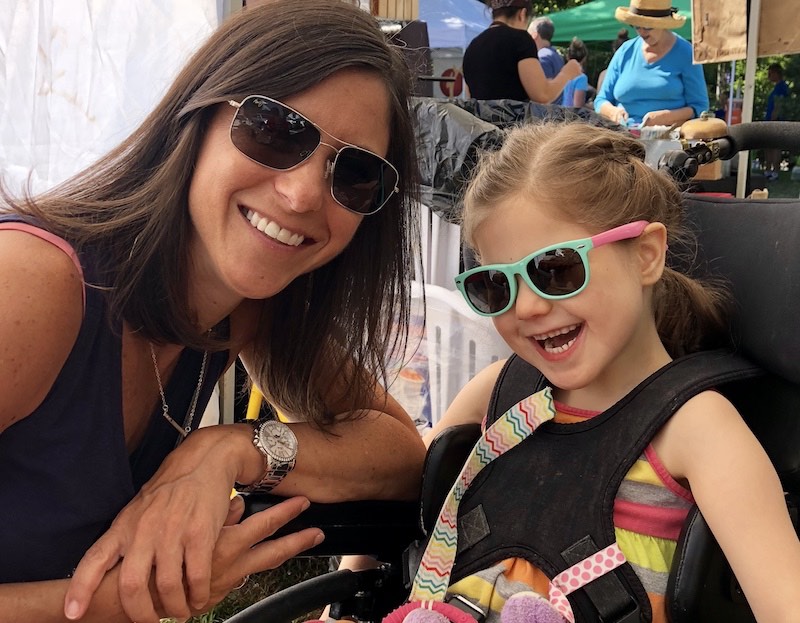
At the Manton Center, Agrawal’s team eventually provided a diagnosis: a non-inherited (de novo) mutation in a calcium channel gene called CAMK2B. An international study recently described Lana and 23 other individuals with intellectual disability and CAMK2B mutations, and showed how the mutations disrupt brain function. Agrawal, a coauthor on the study, hopes his team can someday find a way to reverse their effects.
Having a diagnosis has meanwhile enabled Pam and Matt to connect with about 20 other families around the world whose children have the same mutation.
“This is what has really made a difference in not feeling as stranded on our own remote island,” Pam says. “Our kids ARE the data, and we are now connected to a group of scientists and researchers who will ideally find answers for our kids, and for those who are yet to be diagnosed.”
Opening new areas of biology
One case, a young girl with multiple congenital anomalies, low muscle tone and developmental delay, has opened up a new area of scientific inquiry. On reanalysis of her exome data, Agrawal’s team found that she had a mutation in a little-understood gene called Hbs1L. Hers remains the only case known in the world.
The girl’s cells completely lacked the Hbs1L protein, had diminished levels of another protein, Pelota, and showed an accumulation of certain ribosomes known as 80S monosomes. (Ribosomes are the structures in cells that make proteins.) Investigating further, Agrawal and colleagues borrowed a line of mice from Europe that also had Hbs1L mutation and some outward features similar to his patient’s.
“It looks like somehow Hbs1L stabilizes Pelota, and that both these proteins sort of work in tandem,” says Agrawal.
As the team reported recently in PLoS Genetics, Hbs1L seems to be critical in processing ribosomes, and in particular ribosomal RNA, which is essential for assembling protein building blocks. That opens a new window into understanding cell and ribosome biology and how defects in ribosome processing can cause disease.
But more immediately, the team found that an anti-cancer drug known as bortezomib increased levels of Pelota in both the mouse model and the girl’s cells. That raises the question of whether she might benefit from the drug.
“We’re going to see if giving this drug helps the mouse in any way, and make sure that the mouse is okay,” Agrawal says.
Gentler, precision care
Even if the genetic results don’t suggest a treatment, they are still meaningful to families, who can finally end their diagnostic odyssey. When the findings point to a fatal condition, efforts can be directed toward the child’s comfort, and the child can be spared any further fruitless interventions.
“If we had the resources, I would like to sequence pretty much every baby who comes to the NICU,” says Agrawal. “My guess is about 40 to 50 percent of our babies may have something genetic, and we may be able to help a lot of them. I think that’s where precision medicine can finally be realized.”
Families interested in the Gene Discovery Core’s services can email gdc@childrens.harvard.edu.
Related Posts :
-

A case for Kennedy — and for rapid genomic testing in every NICU
Kennedy was born in August 2025 after what her parents, John and Diana, describe as an uneventful pregnancy. Soon after delivery, ...
-

The journey to a treatment for hereditary spastic paraplegia
In 2016, Darius Ebrahimi-Fakhari, MD, PhD, then a neurology fellow at Boston Children’s Hospital, met two little girls with spasticity ...
-

New research paves the way to a better understanding of telomeres
Much the way the caps on the ends of a shoelace prevent it from fraying, telomeres — regions of repetitive DNA ...
-

New research sheds light on the genetic roots of amblyopia
For decades, amblyopia has been considered a disorder primarily caused by abnormal visual experiences early in life. But new research ...


